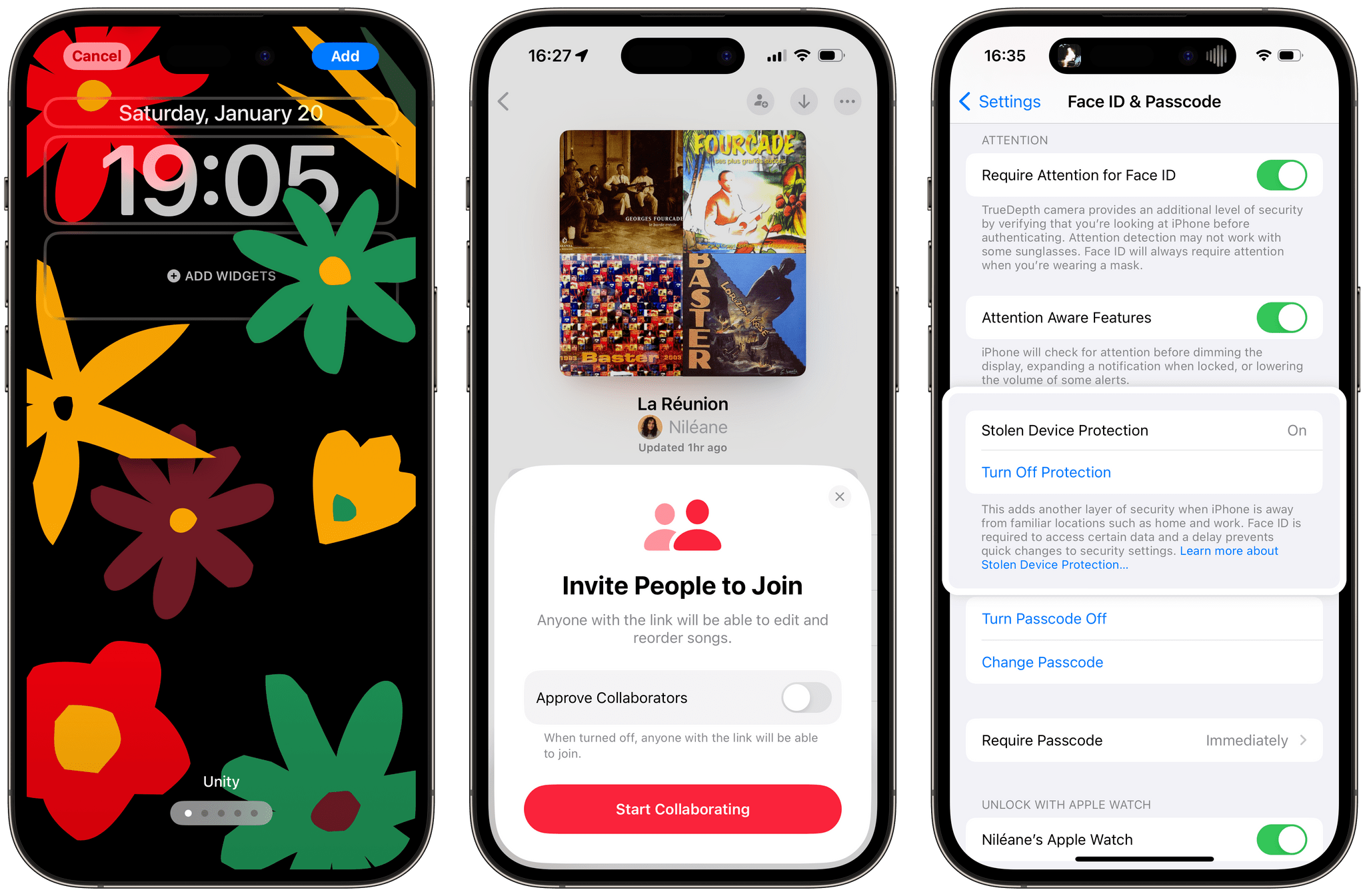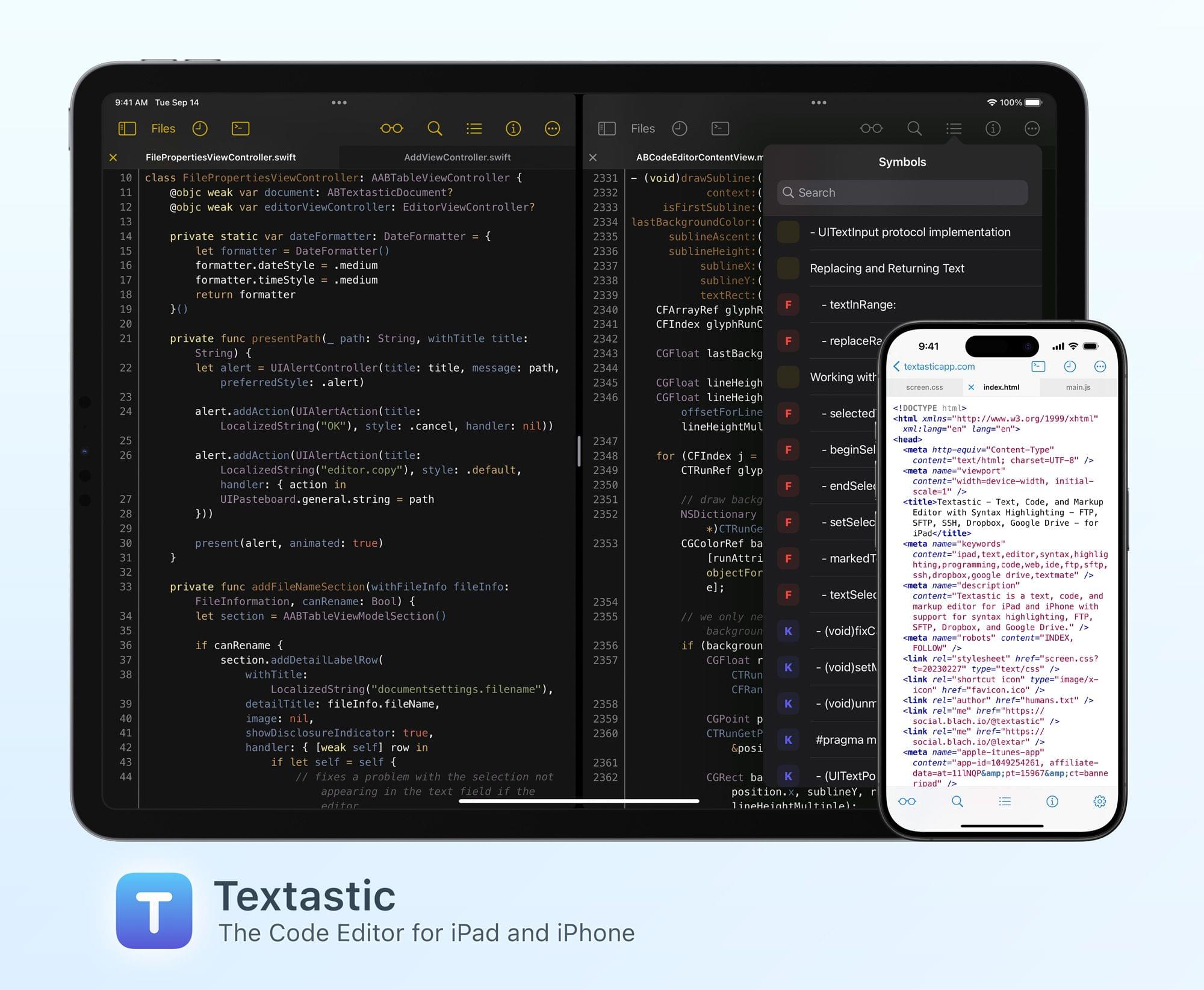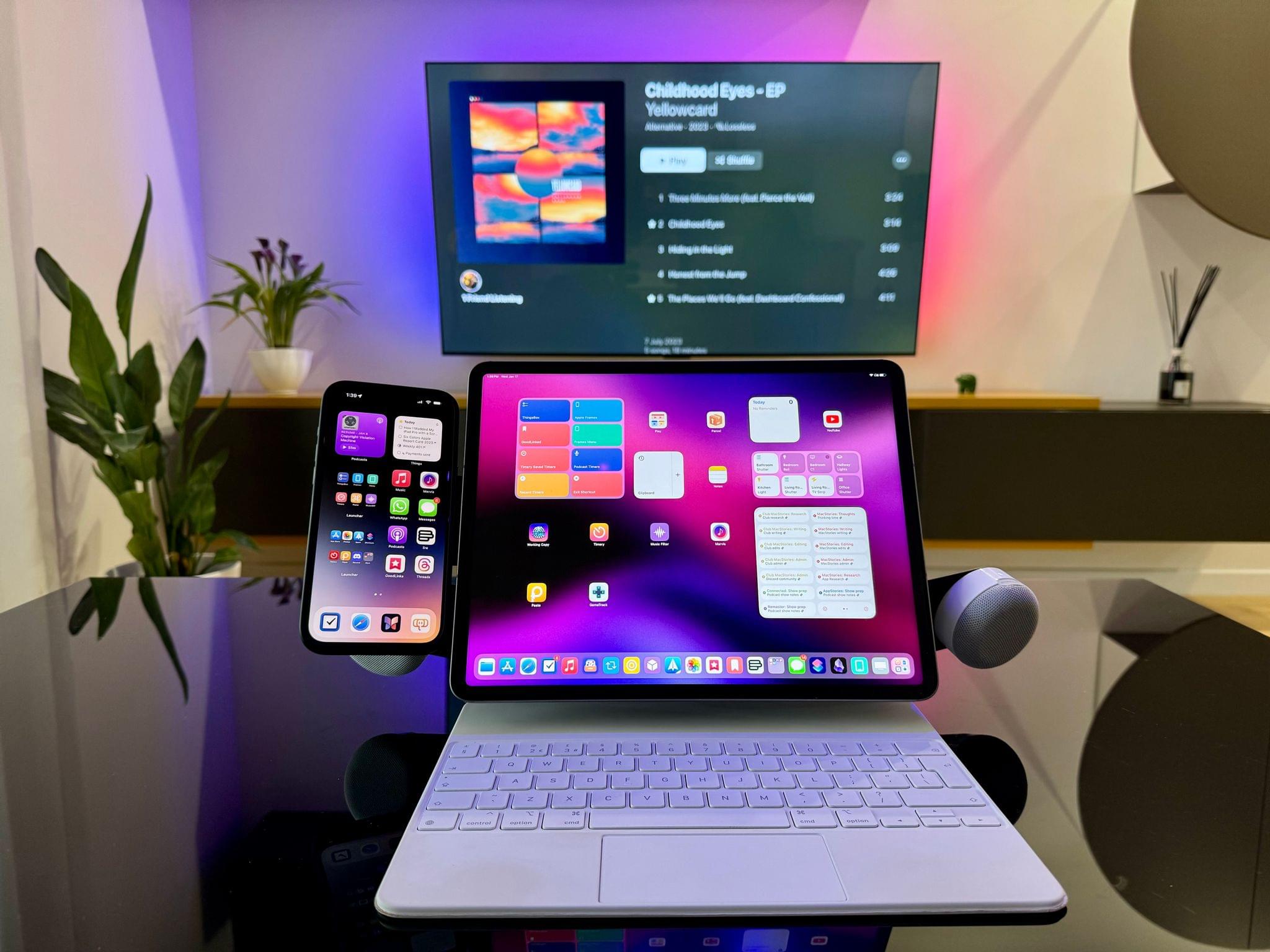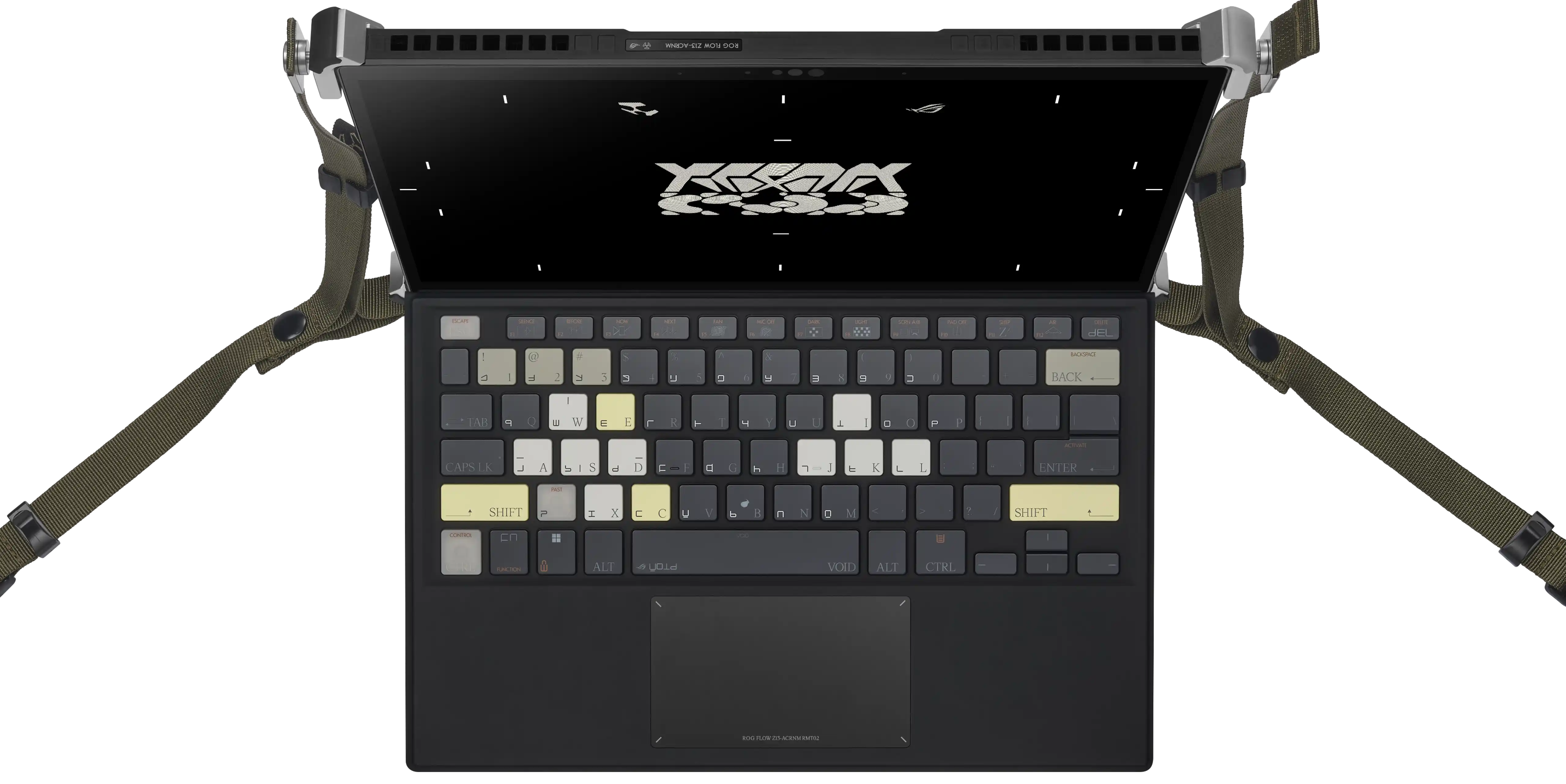Jonathan Zufi, the creator behind the coffee table book ICONIC - A Photographic Tribute To Apple Innovation has dug into his archive of Mac photography to mark the 40th anniversary of the Mac with over 1,000 photos and videos that he’s taken and collected over the years, all of which are on display on mac40th.com. Here’s Zufi on the Mac’s milestone:
Over the past 40 years Apple developed and launched hundreds of products in and supporting the Macintosh line - culminating in 2024 with the latest range of M3 powered desktops and laptops which are technological marvels of speed, power management and design.
To celebrate this milestone, mac40th.com showcases every Macintosh desktop and portable Apple has ever made with hundreds of the photos taken as part of the work creating the coffee table book ICONIC: A Photographic Tribute to Apple Innovation (3rd edition now available up to date as of the end of 2023). The site also includes photos taken by Kevin Taylor, Forest McMullin and others (including video) that I’ve collected over the past 14 years.
Zufi’s website is wonderful. There’s so much to browse here. You can easily spend hours discovering old favorites alongside obscure curiosities. It’s the perfect way to spend some downtime and mark today’s anniversary.


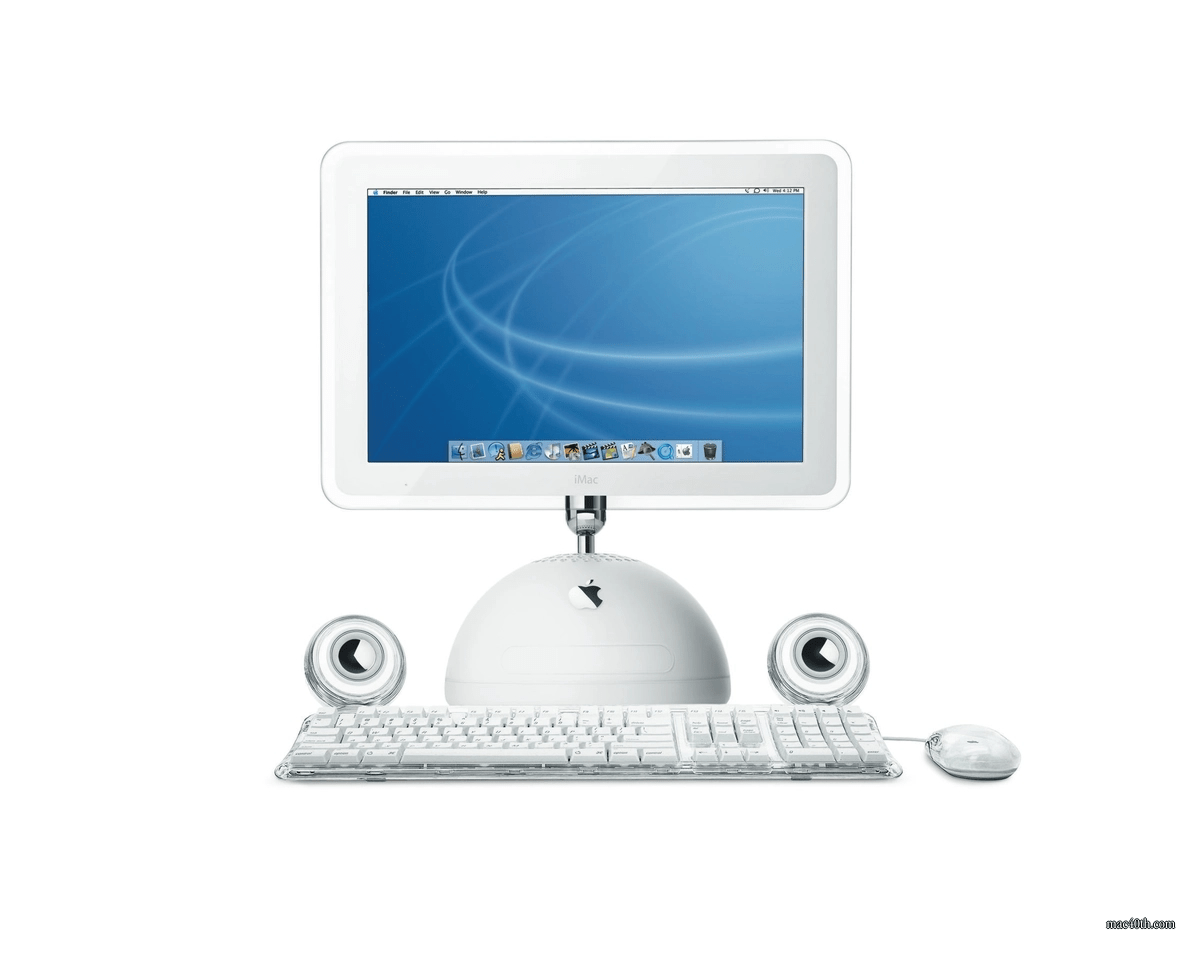






](https://cdn.macstories.net/banneras-1629219199428.png)
